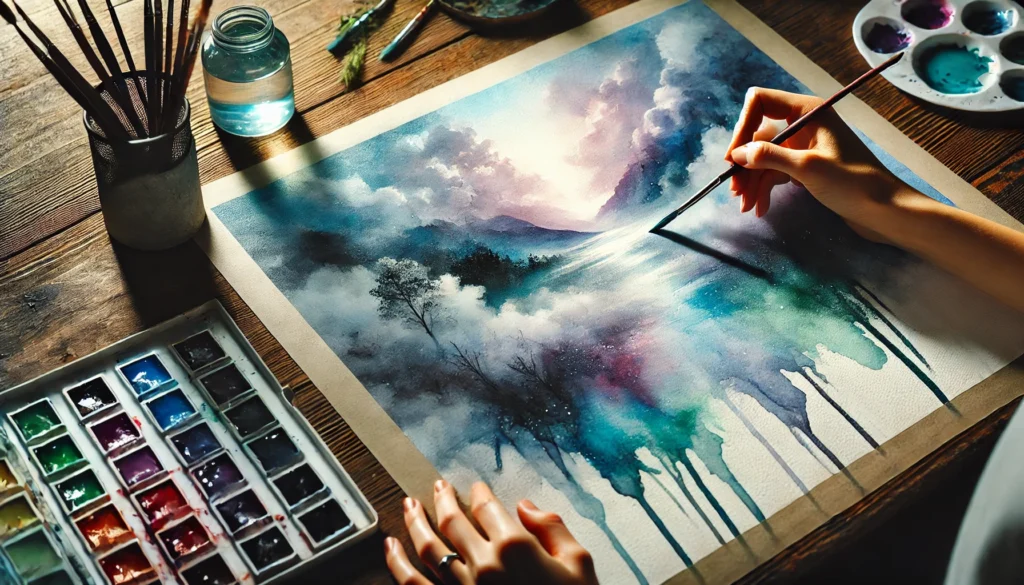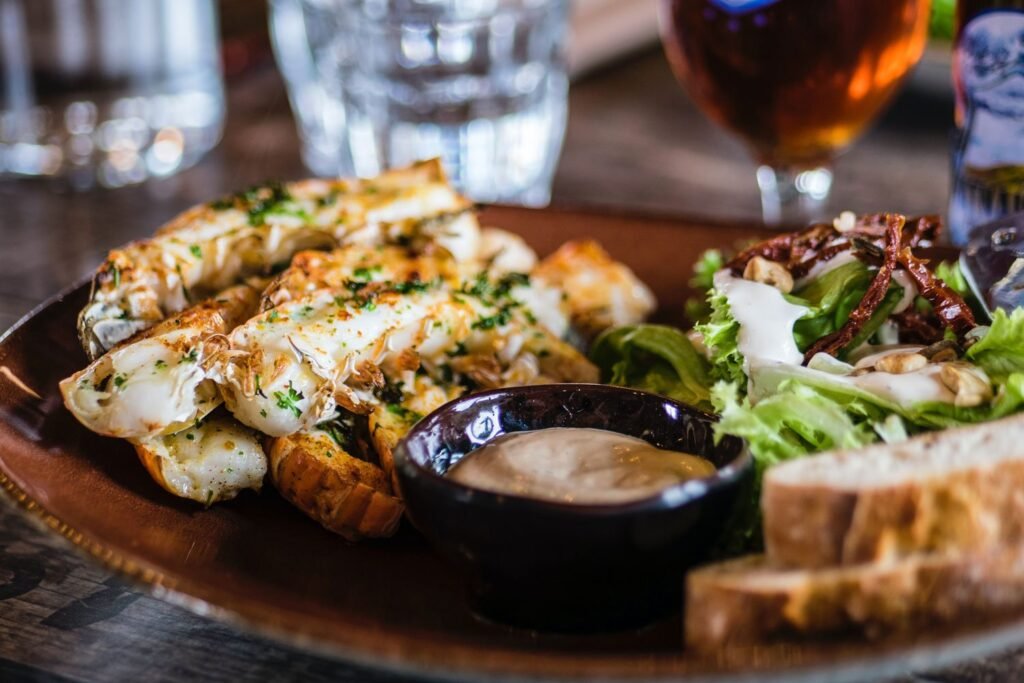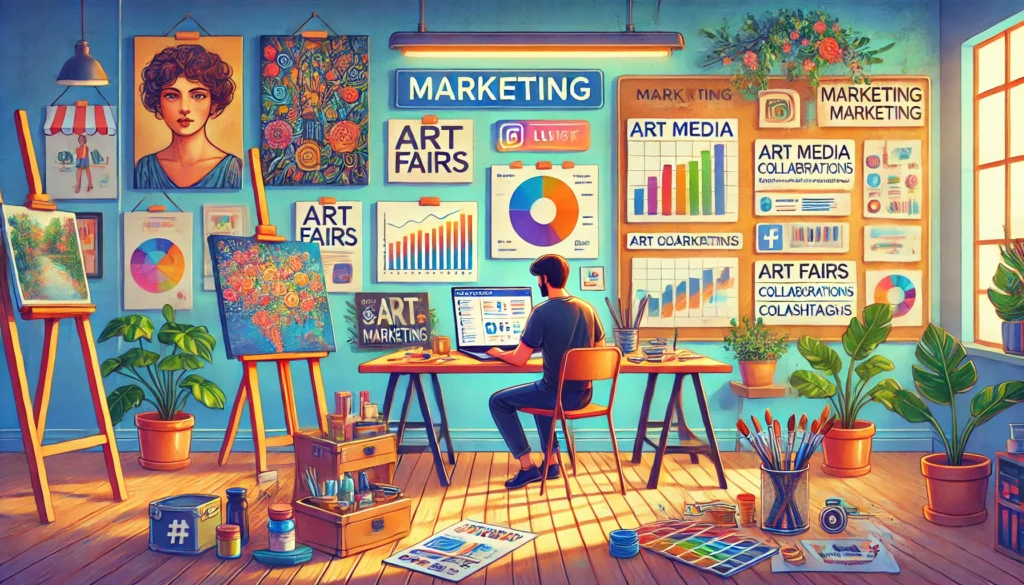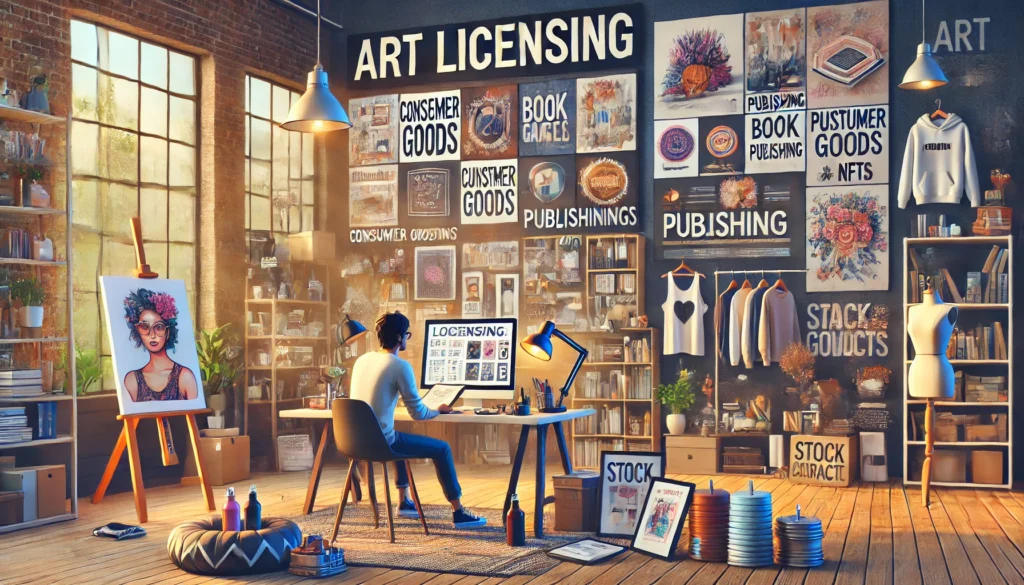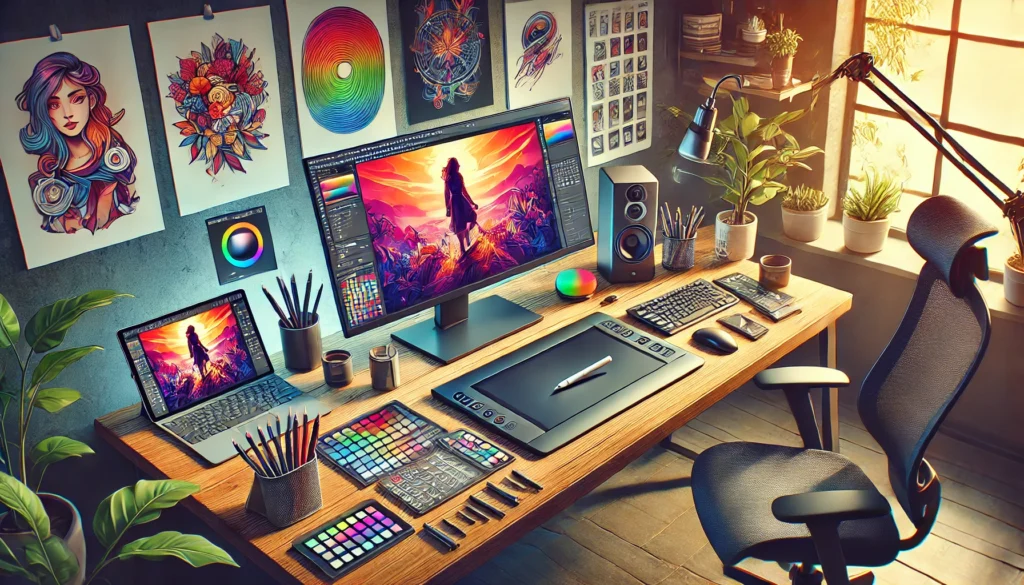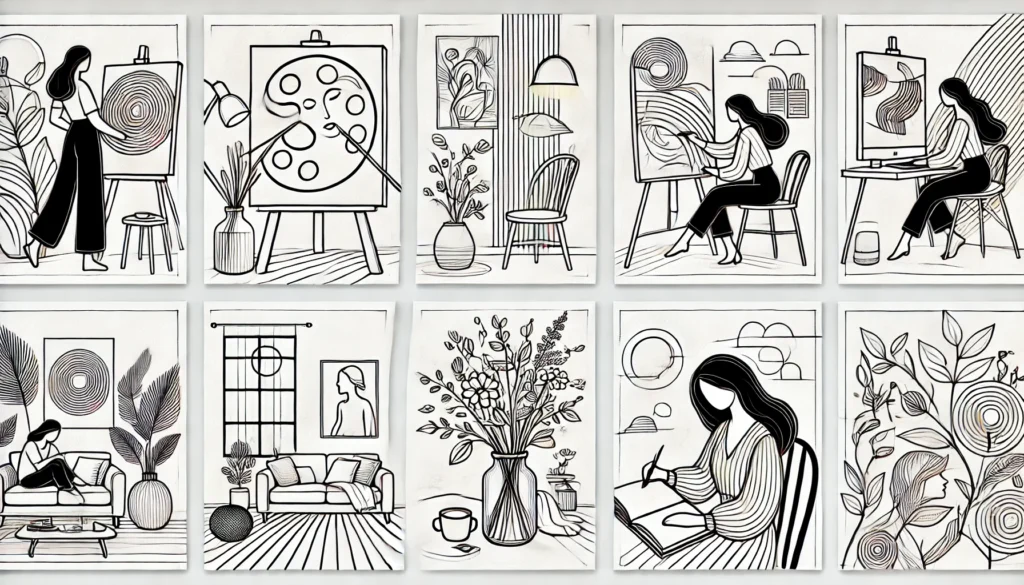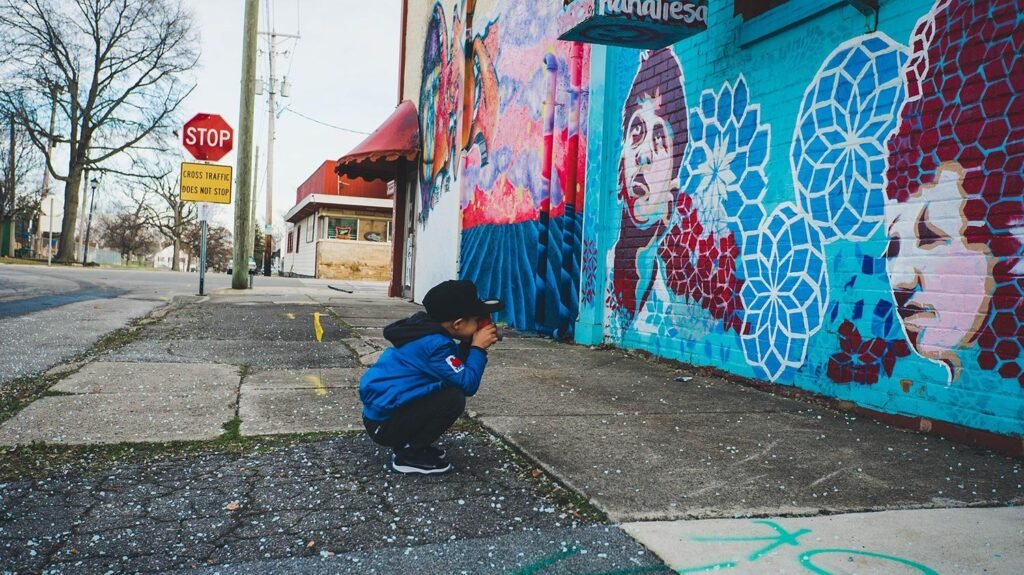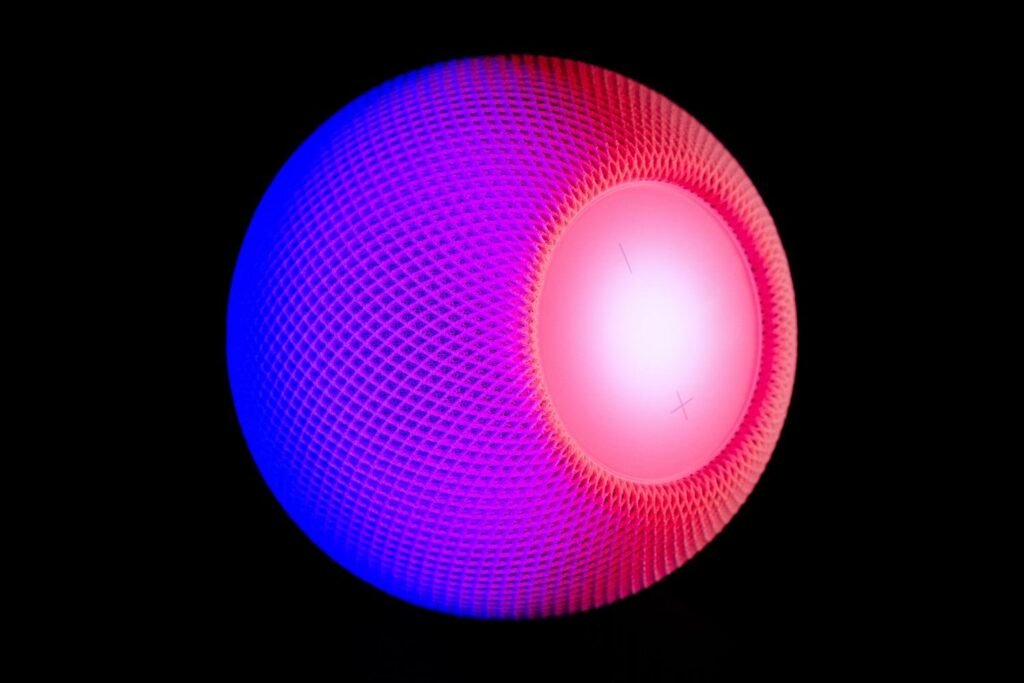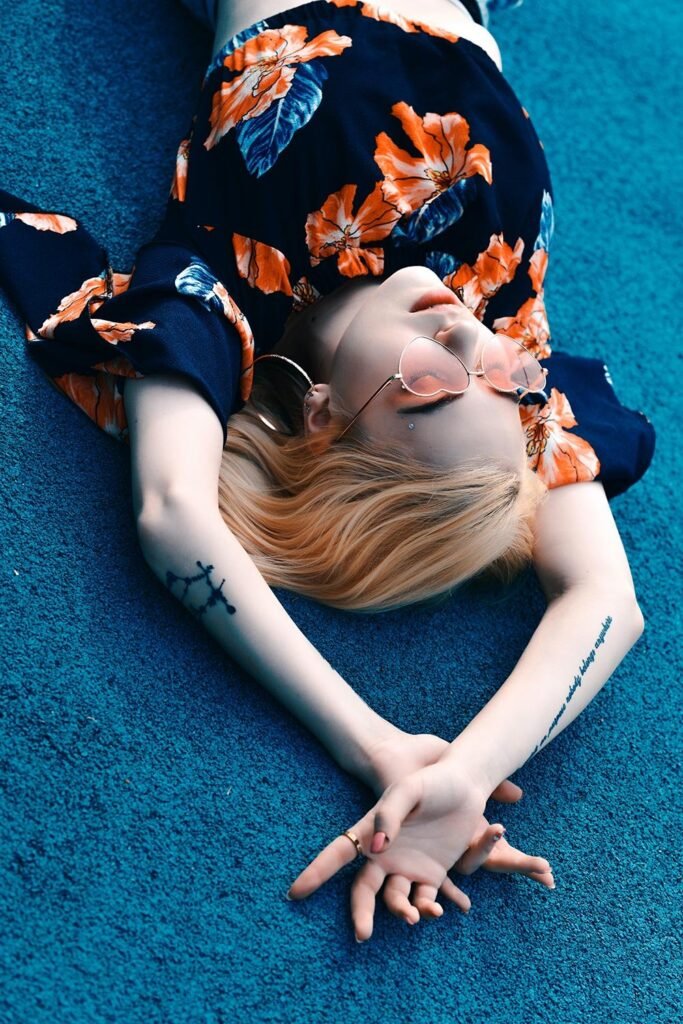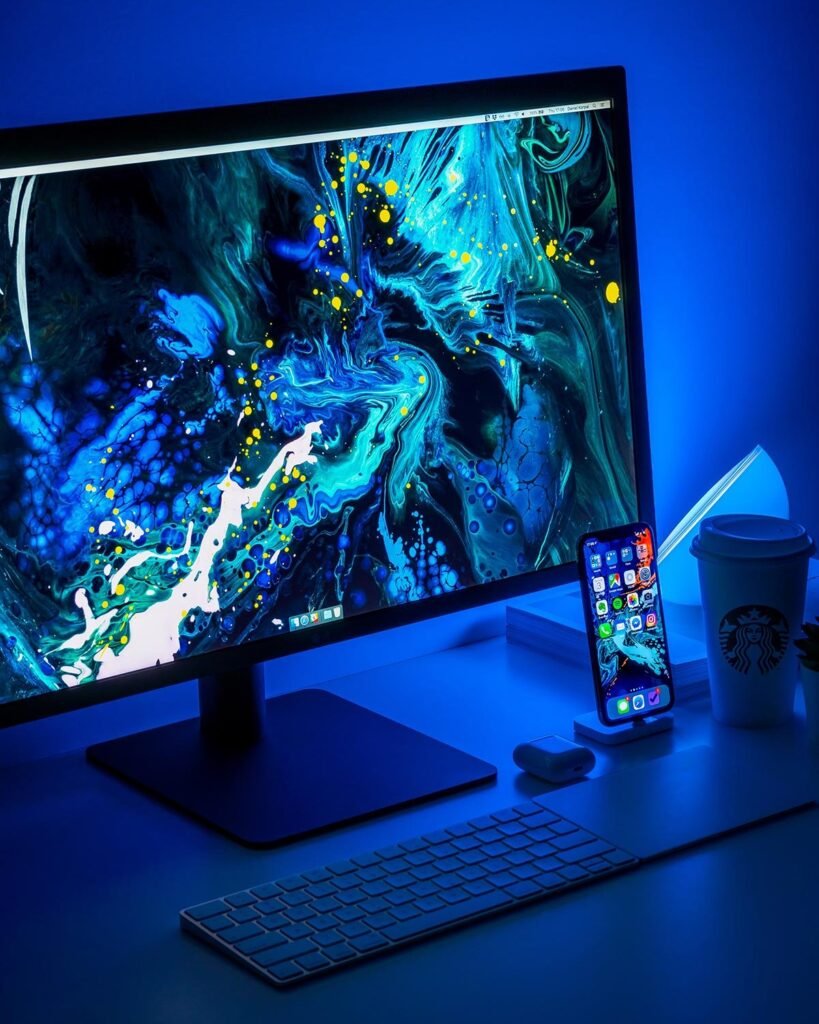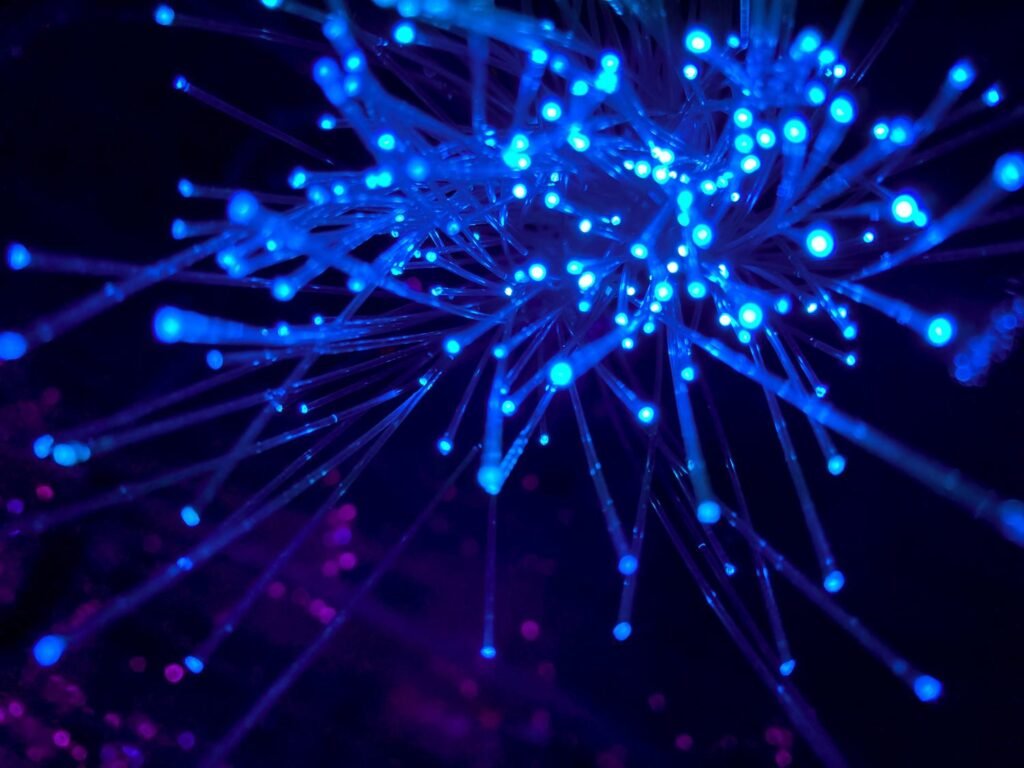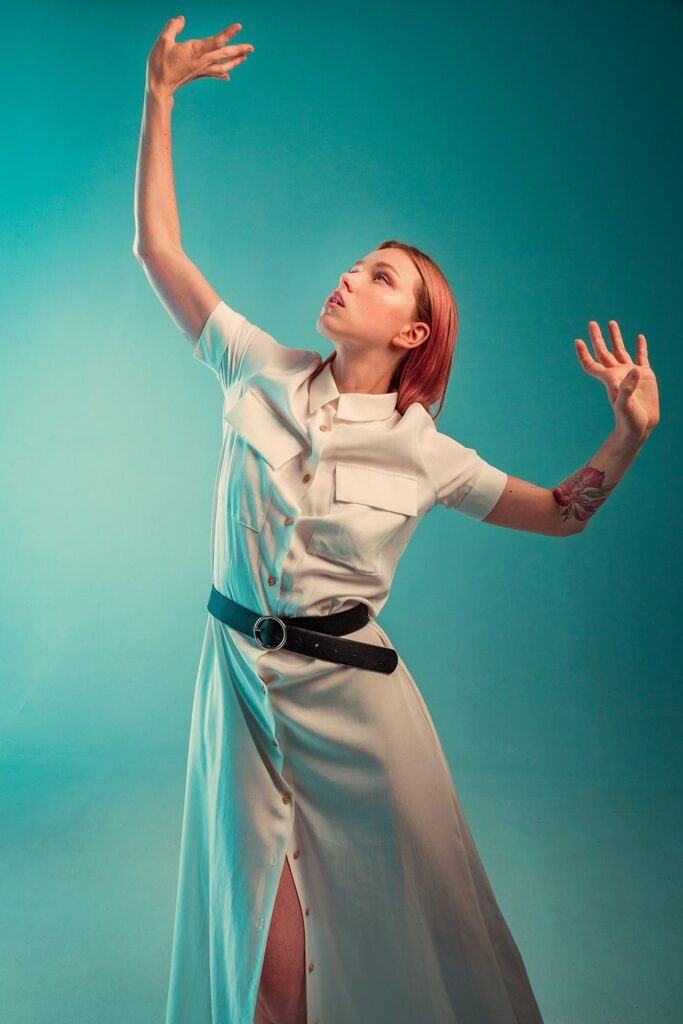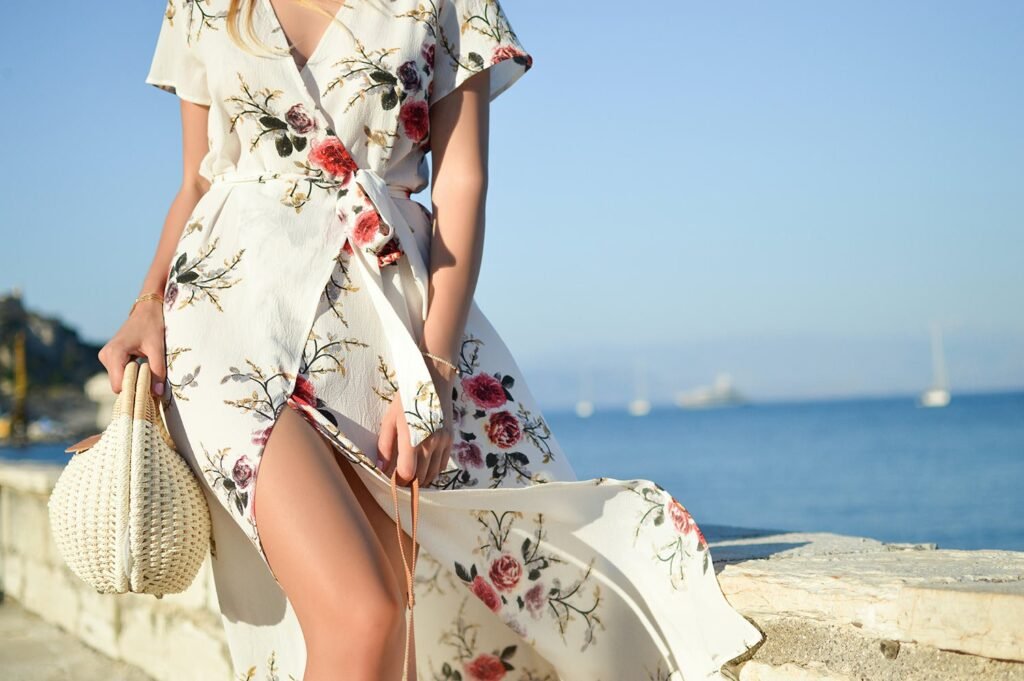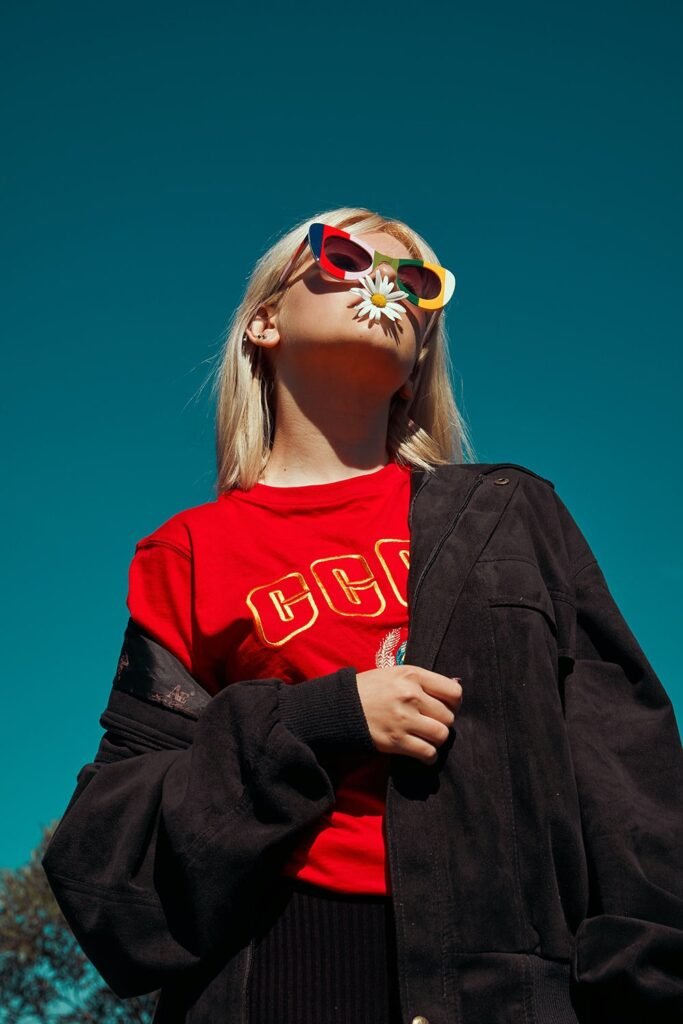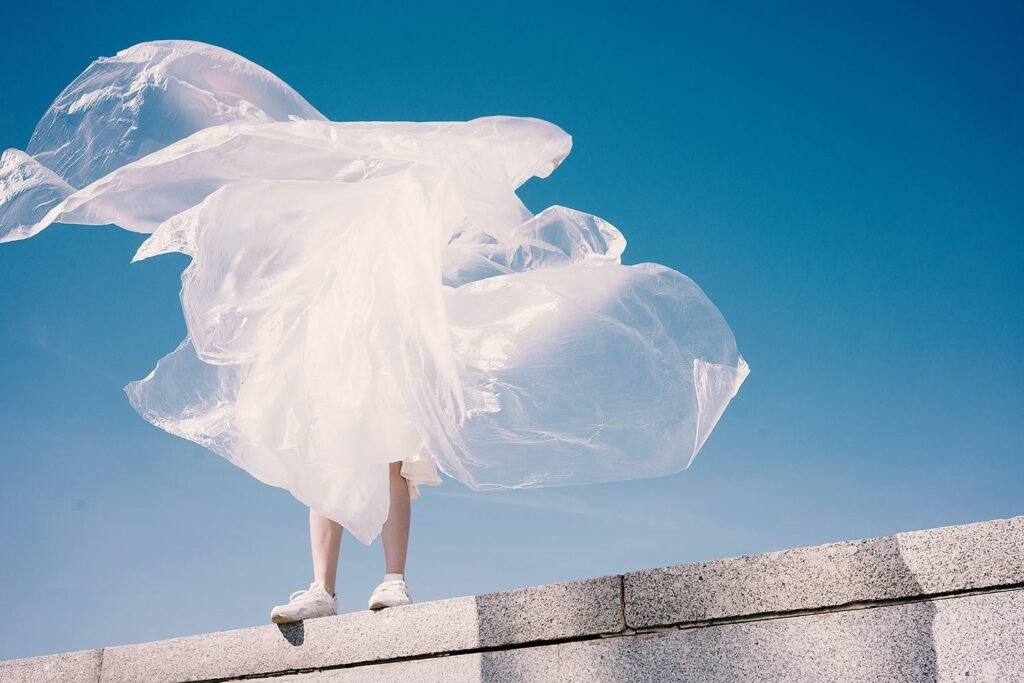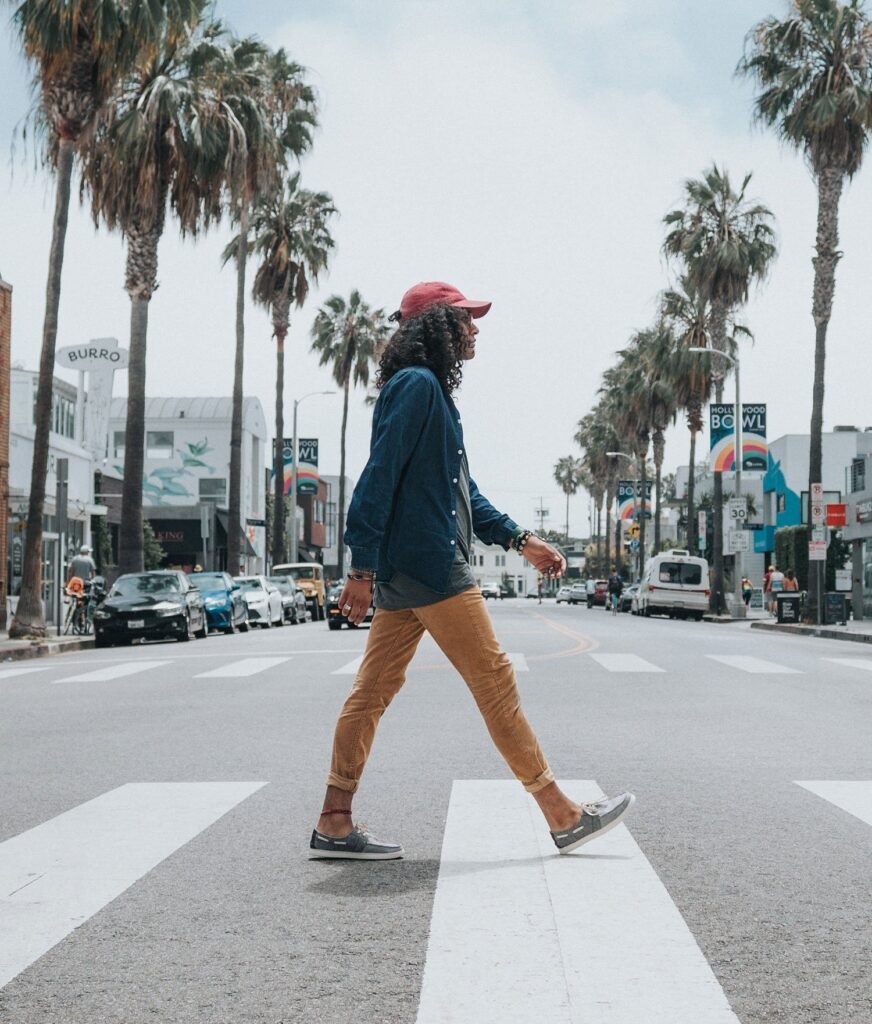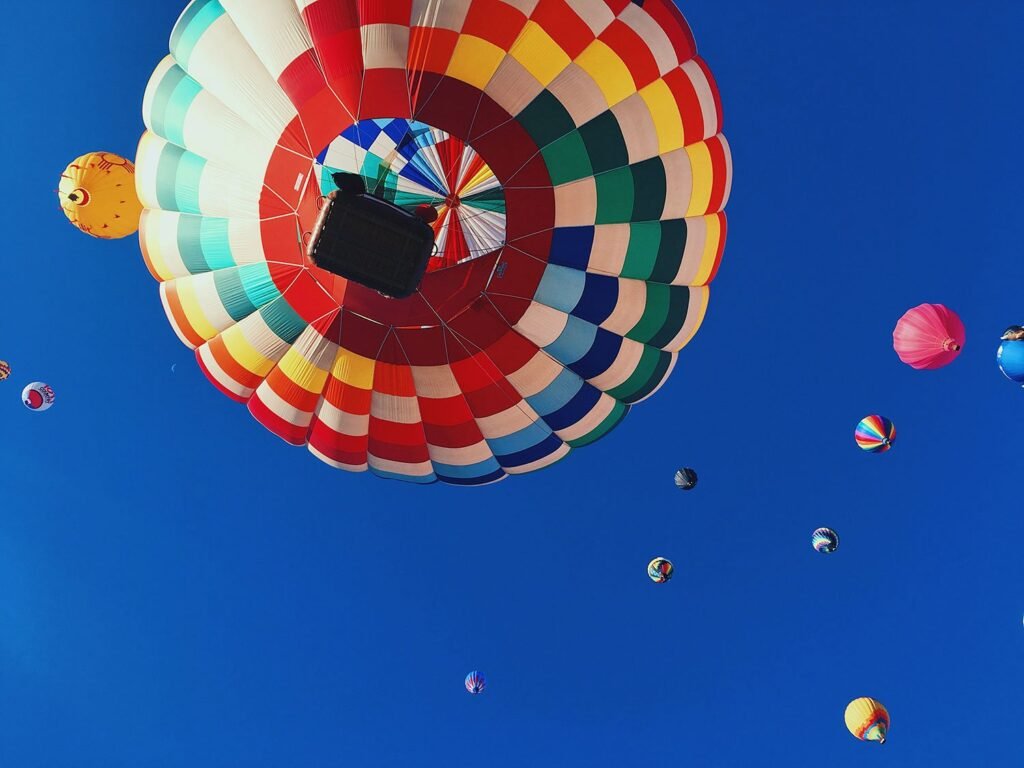Step-by-Step Guide to Mastering Art Techniques

Learning art techniques and skills can be a rewarding journey, whether you’re a beginner or an experienced artist. In this tutorial, we’ll explore one of the most sought-after skills: Blending Colors for Realistic Shading. This technique is fundamental for creating depth and lifelike effects in drawings and paintings.
Step-by-Step Guide: Blending Colors for Realistic Shading
Materials Needed:
Pencils: HB, 2B, 4B, and 6B (for graphite shading) or colored pencils.
Eraser: Kneaded or precision eraser.
Blending Tools: Blending stumps, tissue paper, or cotton swabs.
Paper: Smooth drawing paper or sketchpad.
Step 1: Understand the Light Source
Before you begin, identify the direction of your light source. This will determine where highlights and shadows fall on your subject.
Tip: Sketch a light source arrow on your paper to serve as a guide.
Example: If the light comes from the top right, the bottom left areas of your subject will have the darkest shadows.
Step 2: Start with a Base Layer
Lightly sketch the basic outline of your subject. Use an HB pencil or a light-colored pencil for this step to avoid harsh lines.
Tip: Keep your hand light to prevent indentations on the paper.
Example: For a sphere, draw a simple circle and mark the highlight and shadow areas.
Step 3: Build Up Shadows
Using a 2B pencil or a slightly darker color, start shading the shadowed areas. Apply light, even pressure to create a smooth base.
Tip: Use circular motions for a natural gradient.
Example: Gradually darken the area opposite the light source on the sphere.
Step 4: Blend for a Smooth Gradient
Use a blending tool to soften the transitions between light and dark areas. Work in small circles to avoid streaks.
Blending Tools and Techniques:
Blending stump: Great for precision shading.
Tissue paper: Ideal for large, smooth areas.
Cotton swabs: Perfect for delicate transitions.
Tip: Clean your blending tool frequently to prevent smudging.
Step 5: Refine Highlights
Use an eraser to lift pigment from areas where the light hits the subject directly. A kneaded eraser works well for subtle highlights, while a precision eraser can create sharp contrasts.
Tip: Dab gently instead of rubbing to maintain the texture of the paper.
Example: On the sphere, highlight the top-right area where the light source hits.
Step 6: Add Final Details
With a 4B or 6B pencil (or darker colors), deepen the darkest shadows to enhance contrast. Add fine details, such as texture or reflections, to make the subject more realistic.
Tip: Focus on edges and areas where shadows meet highlights for maximum impact.
Example: Add subtle textures to the sphere’s surface for a more lifelike effect.
Common Mistakes to Avoid
Overblending: This can flatten the image and remove texture.
Ignoring the Light Source: Always stay consistent with your shading relative to the light.
Rushing: Take your time to build layers gradually for a polished look.
Practice Exercise
Draw a simple 3D object like a sphere, cube, or cylinder. Practice blending shadows and highlights based on a single light source. Experiment with different blending tools to find what works best for you.
Conclusion
Blending colors for realistic shading is a fundamental technique that can elevate your artwork. By mastering the steps outlined above, you’ll gain the skills needed to add depth, dimension, and lifelike qualities to your drawings and paintings. Remember, practice is key—the more you experiment, the better you’ll become.
What technique would you like to learn next? Let us know in the comments and keep creating!




















